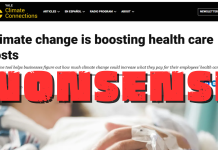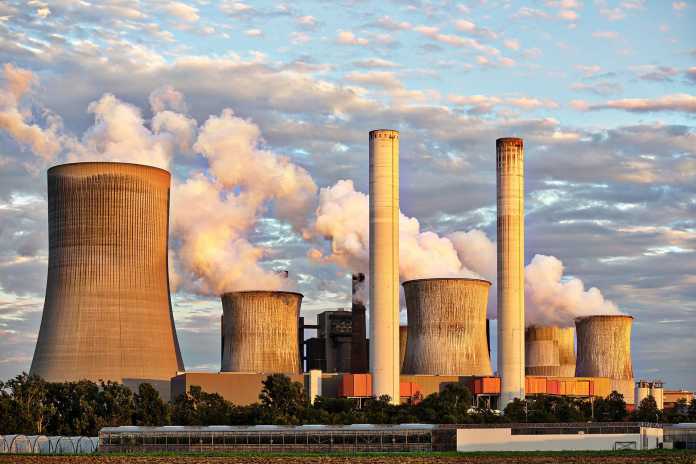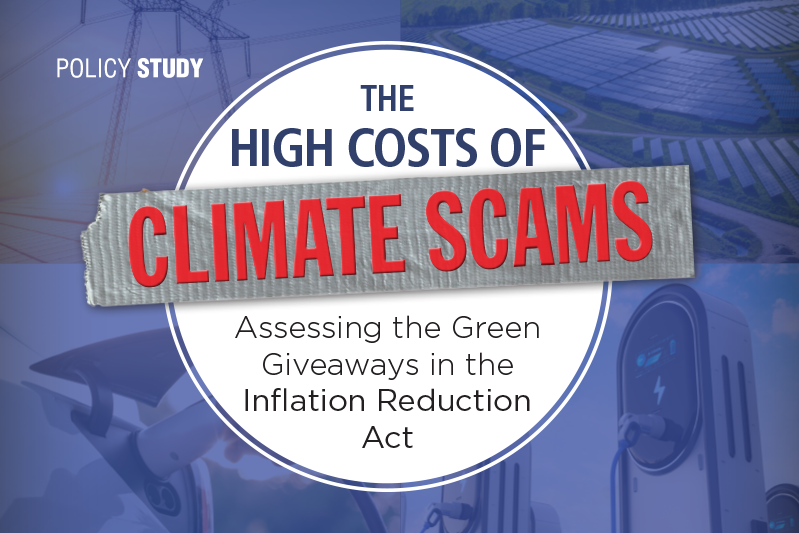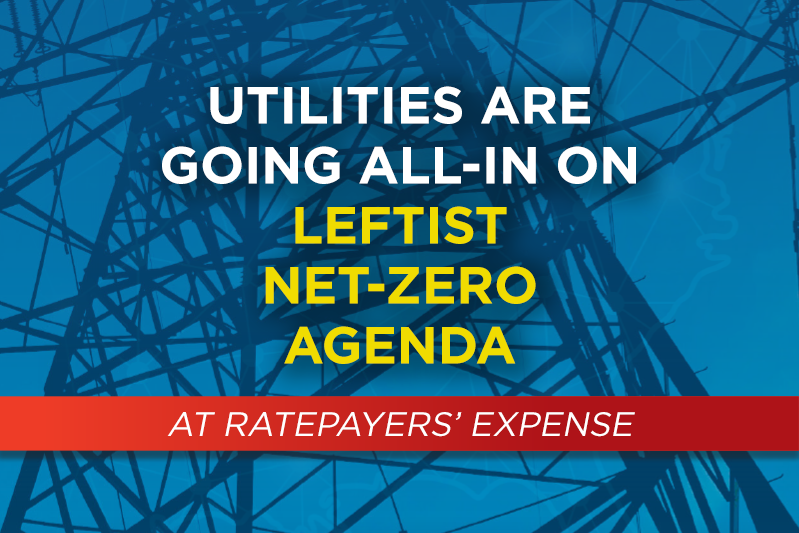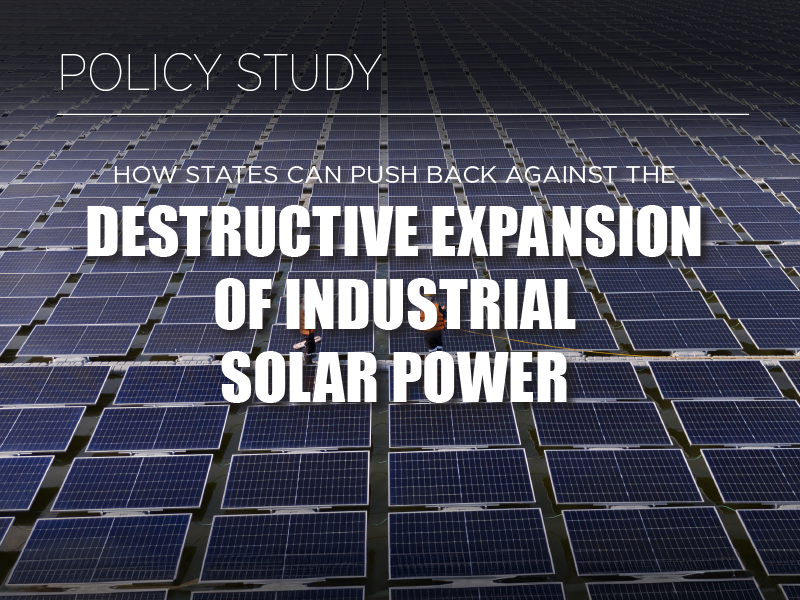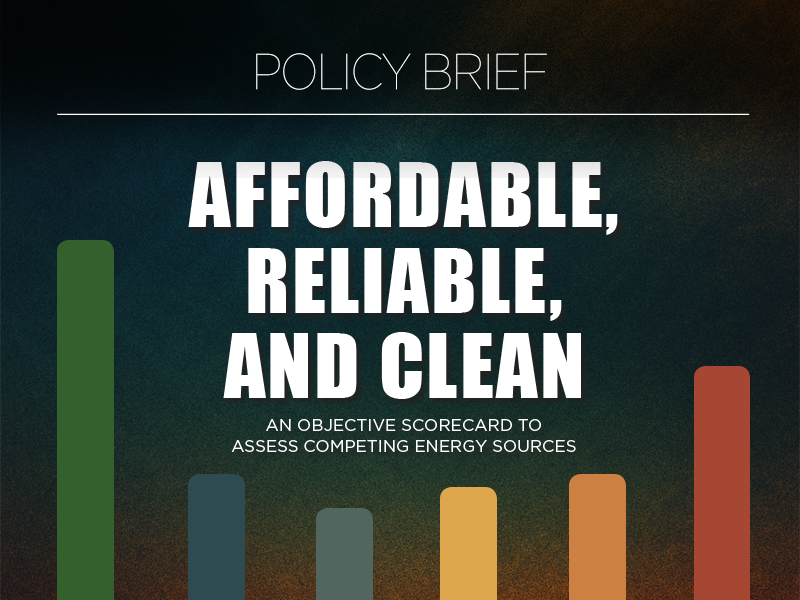By Bernard L. Weinstein Originally published by RealClearWire. Republished with permission.
Recent extreme weather events, such as Hurricane Beryl that left more than two million Texas households and business without electricity for days and then went on to flood parts of the Midwest and New England, has drawn renewed attention to the vulnerabilities of America’s power grids. As climate models predict even more severe weather in the future, utilities across the nation are taking measures to “harden the grid” such as replacing wooden poles with steel or concrete, putting more transmission and distribution lines underground, and installing transformer circuit breakers that can work underwater.
But the recent focus on improving grid resiliency may be masking a more serious energy issue—namely, a projected deficit in baseload power generation relative to the expected growth in electricity demand over the next several decades. The U.S. Energy Information Administration sees electricity consumption reaching record highs in 2024 and 2025 and is also projecting that demand will jump from its current level of about 4,100 terawatt hours today to more than 5,200 terawatt hours by 2050, a 27% increase.
This rapid growth in demand will be driven by a number of factors. First is the expansion of power-hungry server farms that are expected to consume more than one-third of new capacity in the years ahead as the incorporation of artificial intelligence requires even more power than traditional data centers. Hydrogen production, which uses huge amounts of electricity, is another factor pushing up power demand as is the overall electrification of the U.S. economy.
The huge growth of investment in renewables in recent years, especially wind and solar, has created the perception that plenty of generation will be available to meet future demand. Over the past decade, installed wind generation capacity has jumped from 60 gigawatts to more than 150 gigawatts while solar farms now produce 150,000 gigawatt hours of electricity per year compared with a mere 10,000 ten years ago. But data centers, crypto-miners, and other critical information technology infrastructure need reliable, 24/7 power sources. They can’t rely solely on renewables because of their intermittency. For example, in 2023 wind generation in the U.S. actually declined by 9 terawatt hours despite the addition of hundreds of wind turbines to the grid.
Meanwhile, investment in baseload natural gas, nuclear, and coal plants has languished. According to the Energy Information Administration, additions to natural gas capacity are at a 25-year low of 2.5 gigawatts this year, or just 4 percent of total planned capacity. This is down from 21% of planned capacity as recently as 2020. At the same time, according to the North American Electric Reliability Corporation, the power grid has lost more than 50 gigawatts of natural gas, coal, nuclear, and hydro power over the past decade while more than 1,000 coal plants have been shuttered. In response, a growing coalition of industry leaders, regulators and independent experts is warning that with power demand booming while coal and nuclear plants are going offline, the nation’s grids are more susceptible to electricity shortages than at any time in the past 50 years.
Making matters worse, new “carbon capture” rules from the Environmental Protection Agency (EPA) may not only retard new investment in natural gas plants but may actually hasten both gas and coal-fired power plant closures. Under the rules, new gas plants that will operate after 2039 must install carbon capture and storage (CCS) technologies, run them at 90% efficiency, and store the captured CO2 underground. The EPA’s rules also apply to existing coal plants which are required to reduce their carbon emissions by 90% by 2032 if they plan to operate past 2039. Not only will complying with these rules prove expensive, the new CCS standards may not even be technically achievable.
Reducing or eliminating policies that cause market distortions, such as the huge subsidies for wind, solar and batteries, would be one option for sustaining baseload power generation. But these incentives remain popular and were actually extended by the 2022 Inflation Reduction Act. Instead, the next administration in Washington should move to rescind the new EPA CCS rules in order to maintain a level playing field for all forms of electricity generation and to encourage more investment in baseload power plants.
In reality, baseload, dispatchable power—namely coal, nuclear and large gas-fired plants—will remain the backbone of America’s energy supply for the foreseeable future. Despite the continued expansion of renewables, there is no other way to maintain the reliability of the power grid while meeting the growing electricity needs of American industry.
Bernard L. Weinstein is retired associate director of the Maguire Energy Institute at Southern Methodist University, a professor emeritus of applied economics at the University of North Texas, and a fellow of Goodenough College, London.




